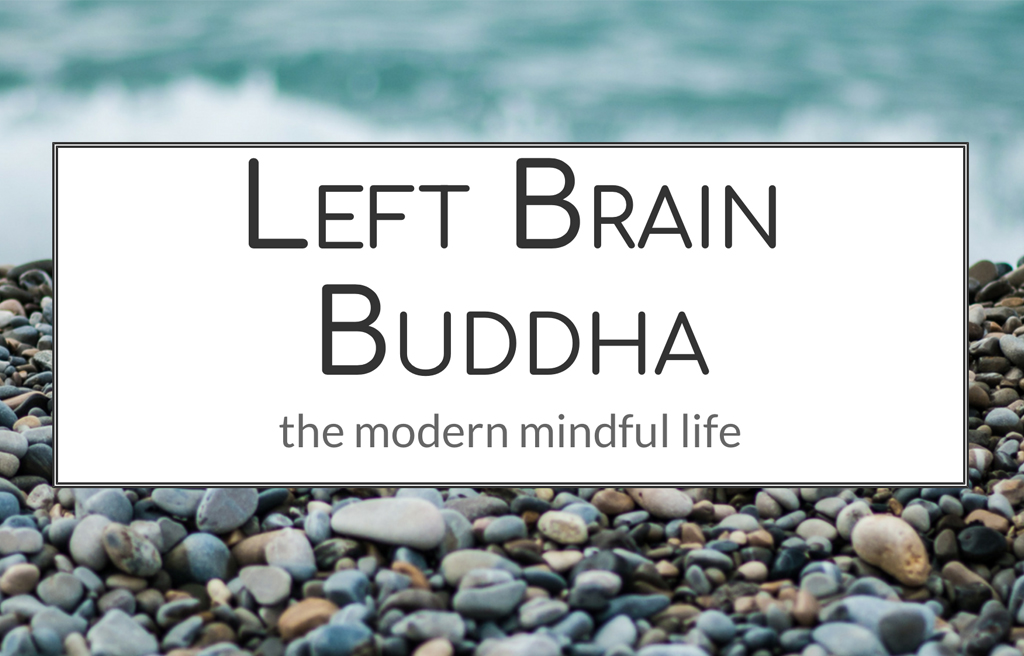
When I ask them where in their body they feel this emotion, there is often a confused silence.īut an emotion is a full-body experience - in fact, an emotion is often felt physically before it is known cognitively. I find, however, that we don’t have a lot of practice with embodiment, despite the fact that we are embodied! When I ask participants in my classes to investigate an emotion, they can generally tell me exactly what they are thinking and imagining and catastrophizing over. Jon Kabat-Zinn says that if we can be re-minded, we can also be re-bodied. Ideally, the apps and devices we have access to today would help us re-connect to this bodily knowing, to re-member ourselves, and re-mind us of our internal resources. We know we’re happy when our chest warms up and our facial muscles move into a smile. We know we’re nervous when butterflies flutter in our stomach and our pulse and breathing quicken. In essence, our body is continuously updating our brain about how we feel.Īnd we don’t need Wi-Fi to access the data.Įvery experience we have - every thought, every crisis, every joy - is embodied.

There are many neural and vagal pathways that decode messages from the lungs, viscera, and skeletal muscles and relay the information to the brain. The brain also carefully monitors our internal physical states to detect important signals from the body and make needed adjustments. Neuroscience tells us that our brain is not an isolated programmer that robotically sends coded instructions to the various systems of the body. Is the same thing happening with our phones? Does our “self” seem more real when it’s displayed in pie-charts and graphs?Īre we turning to all these devices because we’ve become so disconnected from our bodies that we can no longer detect the analog signals they’ve been sending us our entire lives? I could have actually touched her by rubbing my belly… but medical technology projected her onto a two-dimensional monitor to make her “real.” It reminds me of the odd experience of lying down in my doctor’s office during an ultrasound exam, reaching my hand up to a blurry black-and-white screen to “touch” my 12-weeks-past-conception baby, even though she had already been intimately connected to me for several months. When asked how we’re feeling, we can now check our phone to find out.Īm I the only one who finds this a little weird? We can outfit ourselves today with products that will monitor our heart rate and breath and sleep and posture and stress levels and movement and moods and even brain waves! The data is conveniently stored in our phones and often displayed as a text alert. Knowledge is power, and gamification is powerful.īut I’m a little concerned about what the proliferation of these devices and apps says about our relationship to our bodies. These products can provide us with valuable information about our health. And I use an app each morning for meditation… so I’m not a total Luddite. I admit, I wear a step tracker to motivate me to be more active and get my 10,000 steps a day.

There are apps and devices galore that can be used to generate the data for all this insight into the “self.”

The other day, I learned that there is this whole thing called “the quantified self.” Basically, you track as much bodily data as you possibly can, and you can even create Excel spreadsheets to analyze your daily activity in exquisite mathematical detail.


 0 kommentar(er)
0 kommentar(er)
